Springtime is the perfect season for kids to engage in fun and educational STEM activities. With warmer weather, longer days, and nature coming to life, children have endless opportunities to explore science, technology, engineering, and math in exciting, hands-on ways.
Whether observing plant growth, building kites, or investigating activity in nature, spring offers a natural outdoor classroom that makes learning more engaging and interactive. By incorporating STEM activities into springtime play, kids can develop problem-solving skills, spark curiosity, and connect with the world around them in meaningful ways.
The season’s elements, such as blooming flowers, flowing water, and changing temperatures, provide a perfect backdrop for discovery and experimentation. By making STEM learning fun and accessible, springtime activities inspire kids to ask questions, make predictions, and develop a lifelong love for science and innovation.
In this blog post:
- What is STEM?
- Benefits of STEM learning
- 13 spring STEM activities for kids
- More learning resources from Treehouse Schoolhouse
What is STEM?
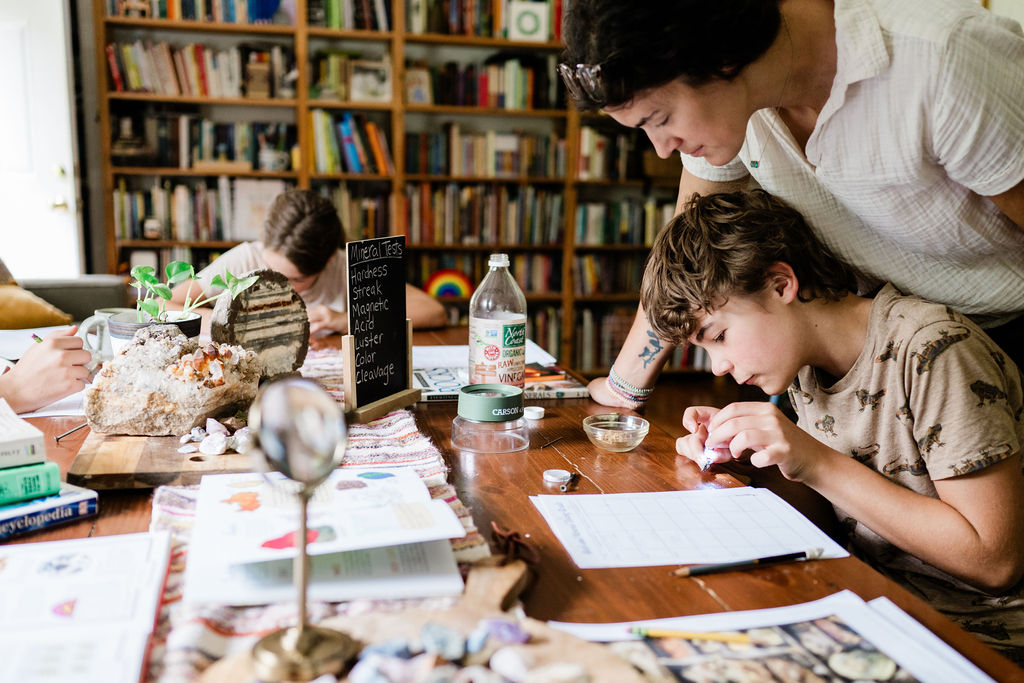
STEM learning is an interdisciplinary approach to learning that integrates Science, Technology, Engineering, and Mathematics into hands-on, engaging activities. These activities are designed to encourage curiosity and problem-solving as children learn. STEM focuses on learning through exploration, experimentation, and real-world applications. Interactive lessons, like building simple machines or conducting science experiments, helps children and kids develop critical thinking, creativity, and collaboration skills.
During the primary and elementary years, STEM education emphasizes inquiry-based learning, where students ask questions, investigate problems, and find solutions through trial and error. It teaches children that mistakes are part of the learning process. Traditionally, these subjects are included in an effort to prepare students for future academic and career opportunities in an increasingly technology-driven world.
Benefits of STEM learning for kids

STEM learning is designed to prepare students for technology skill and careers. Instead of just memorizing facts, students learn by doing — often through experiments, coding, or engineering projects — allowing them to see real-world applications of their studies. This active, hands-on learning style makes complex concepts more understandable through real-life application.
The main benefit of STEM education is emphasis on creativity and innovation. By working on projects that require designing and testing, children learn to think outside of the box, develop new ideas, and innovate. STEM learning also helps students develop resilience by teaching how failure is part of the learning process. When experiments don’t go as planned or a design needs improvement, children are encouraged to analyze their mistakes, make adjustments, and try again.
STEM learning helps students build important life skills like teamwork, communication, and adaptability. Many STEM projects require collaboration, where students must work together, share ideas, and solve problems as a team. This experience prepares them for careers, where working with others and thinking critically are essential skills. STEM learning fosters a mindset of curiosity, perseverance, and innovation.
13 spring nature STEM activities for kids
There are many ways to incorporate STEM learning into your homeschool. The spring season brings many opportunities for science, technology, engineering, mathematics, and other hands-on projects.
Here are 13 activities that incorporate STEM learning into your homeschool this spring.
Bean in a Jar Experiment
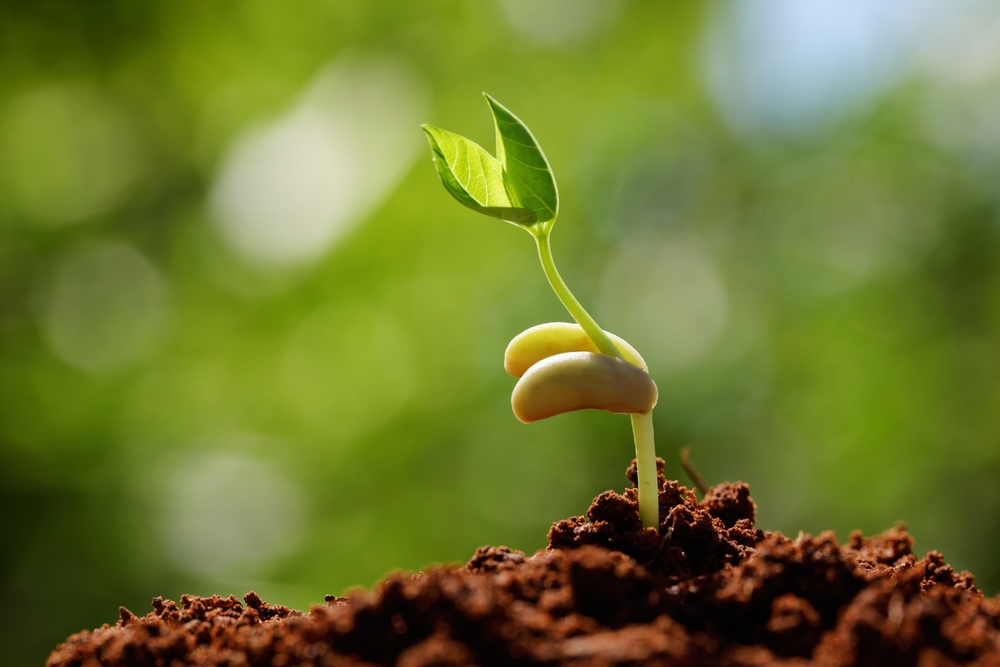
Use household materials to build an environment for a bean to sprout and watch it grow. Record and document observations for 10 days.
View the full instructions in Treehouse Nature Study, Primary Years: Spring.
Make Your Own Rainbow Experiment
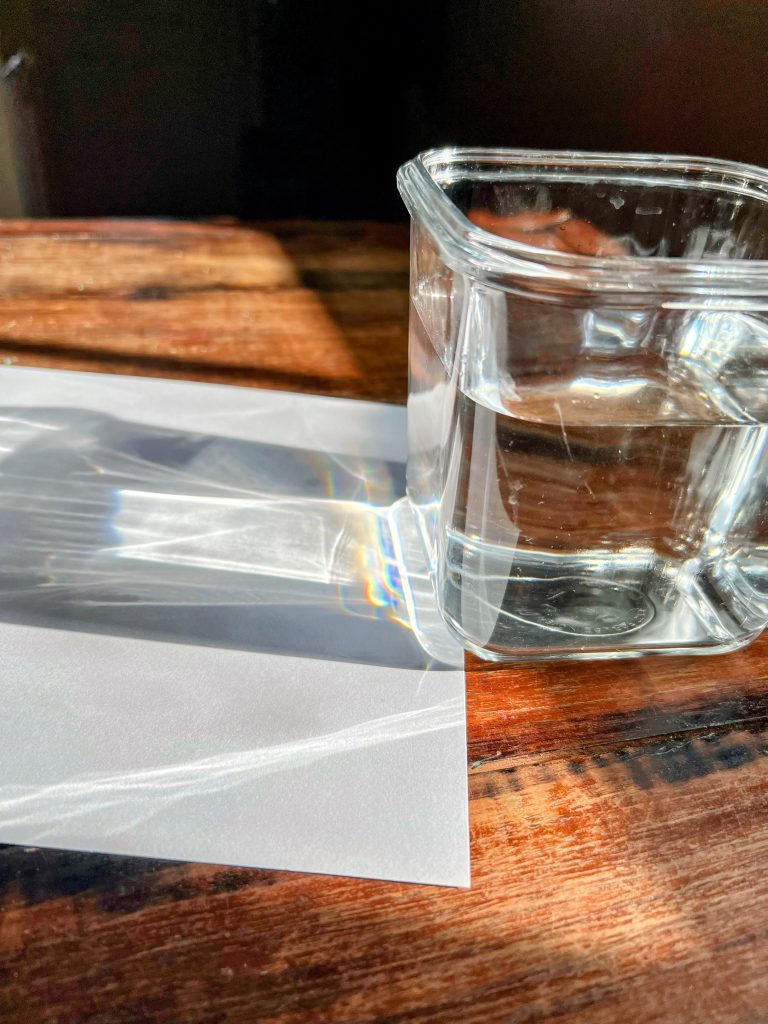
Replicate the different wavelengths of light as you use water to reflect and reflect light.
View the full instructions in Treehouse Nature Study, Primary Years: Spring.
Build a Wormery
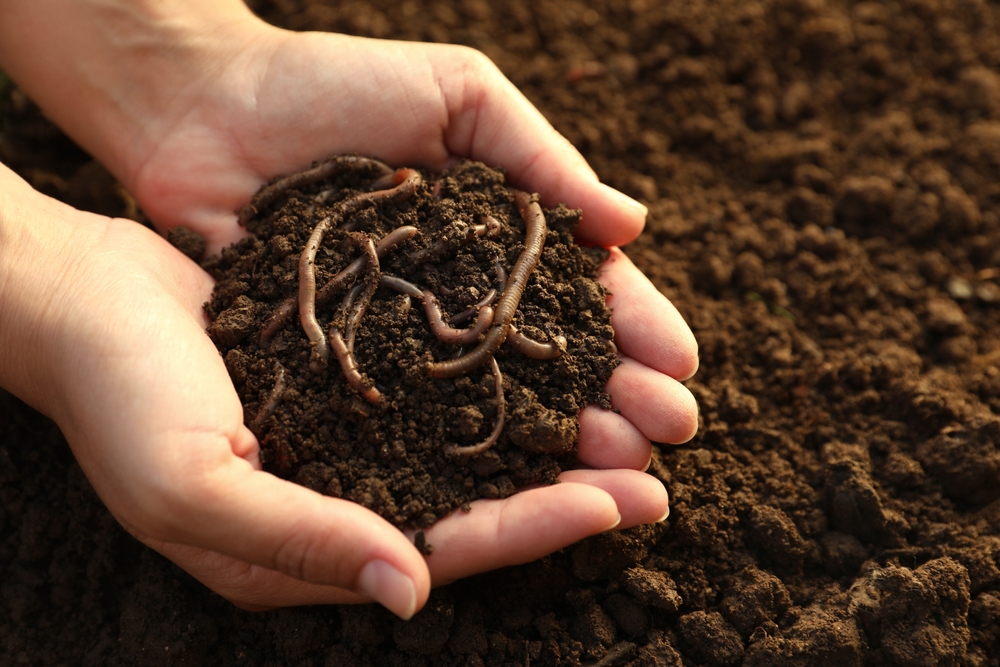
Layer different types of soil, add worms, and observe how the worms travel through the wormery. Find worms by digging in your yard or purchase them from a bait shop. Watch a tutorial here!
View the full instructions in Treehouse Nature Study, Primary Years: Spring.
Butterfly Nectar and Feeder
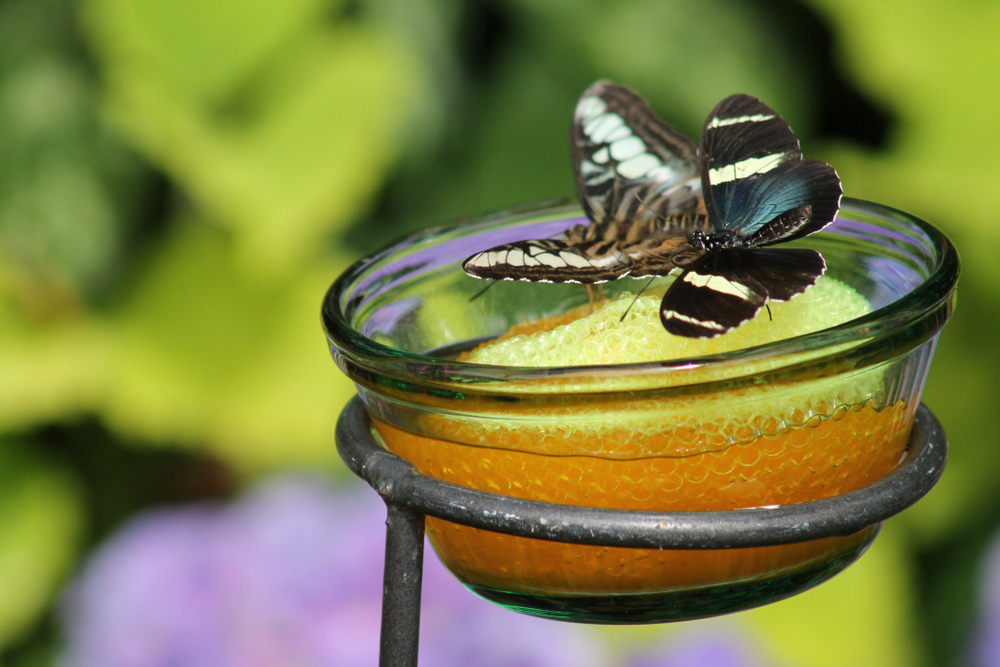
Concoct nectar at home in your kitchen and set up butterfly feeders outside. Observe the butterflies who come for a “drink.” Take this project a step further by experimenting with different types of nectar and see the results.
View the full instructions in Treehouse Nature Study, Primary Years: Spring.
Build a Bug Catcher
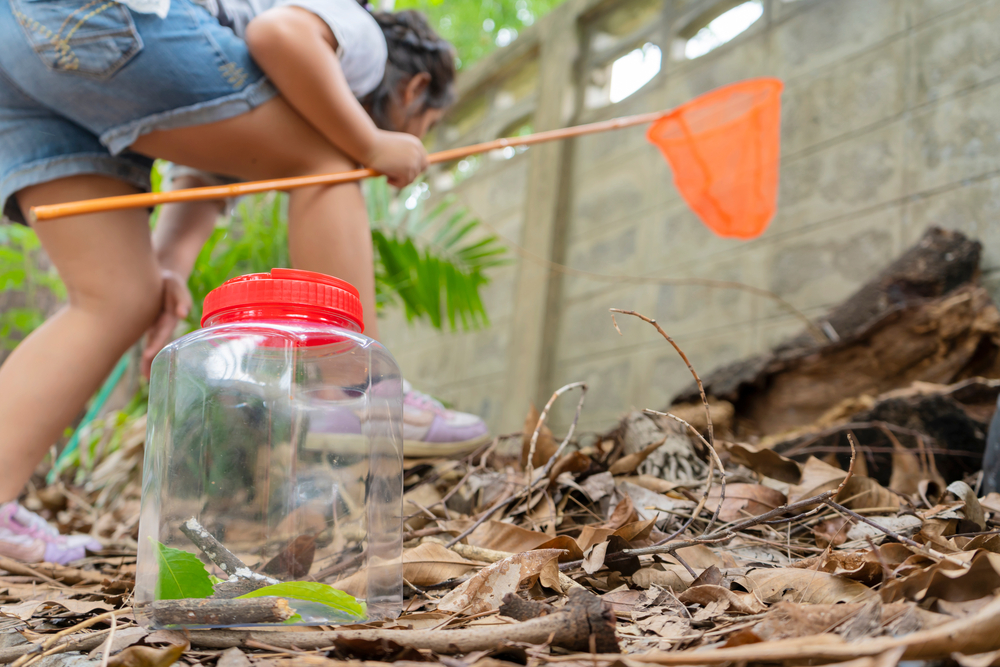
Use materials at home to design and build a bug catcher. Fill the container with organic materials. Catch bugs from the outdoors and put them inside of the container for a short period to observe and watch their behaviors. (Release the bugs back into the environment when you are done!)
View the full instructions in Treehouse Nature Study, Primary Years: Spring.
Seed Dispersal Observation and Experiment
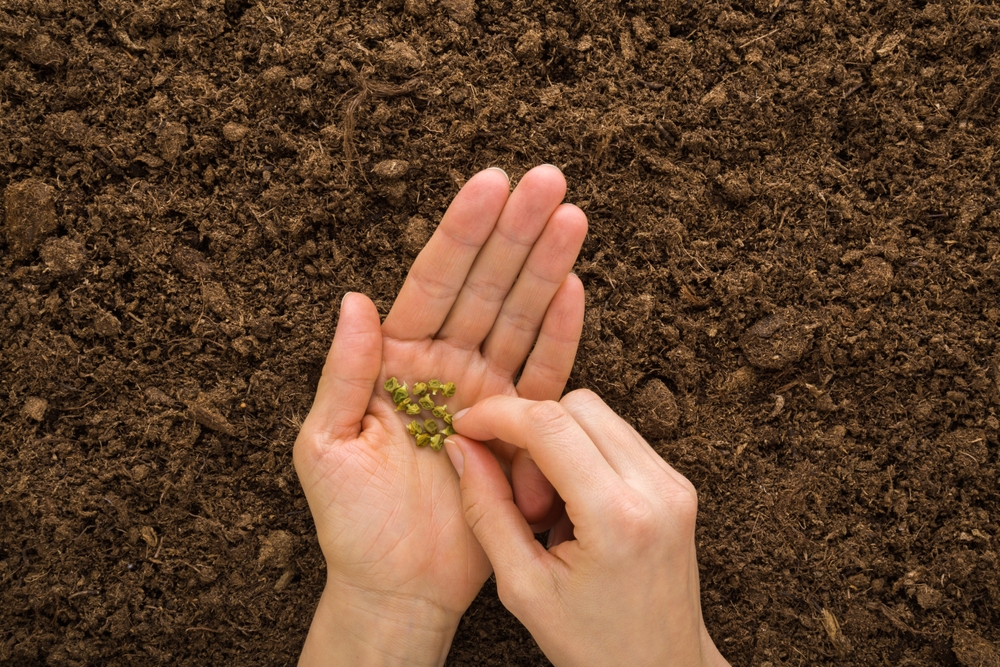
Collect seeds from the outdoors. Identify the seeds and test how they travel through wind, water and more.
View the full instructions in Treehouse Nature Study, Intermediate Years: Spring.
Magic Rainbow Milk

Make a fun liquid rainbow by using only basic household materials. Have fun observing the rainbow, learning about the science behind it, and trying different variations.
View the full instructions in Treehouse Nature Study, Intermediate Years: Spring.
Build a Vericomposting Wormery
A vermicomposting wormery is a system of layered bins in which worms break down kitchen trash and waste into compost and at the same time serves as a collection source for “worm tea.” The compost is excellent for your garden and indoor plants, and the “worm tea” is a huge boost to plant health as well!
View the full instructions in Treehouse Nature Study, Intermediate Years: Spring.
Build a Pollinator Garden
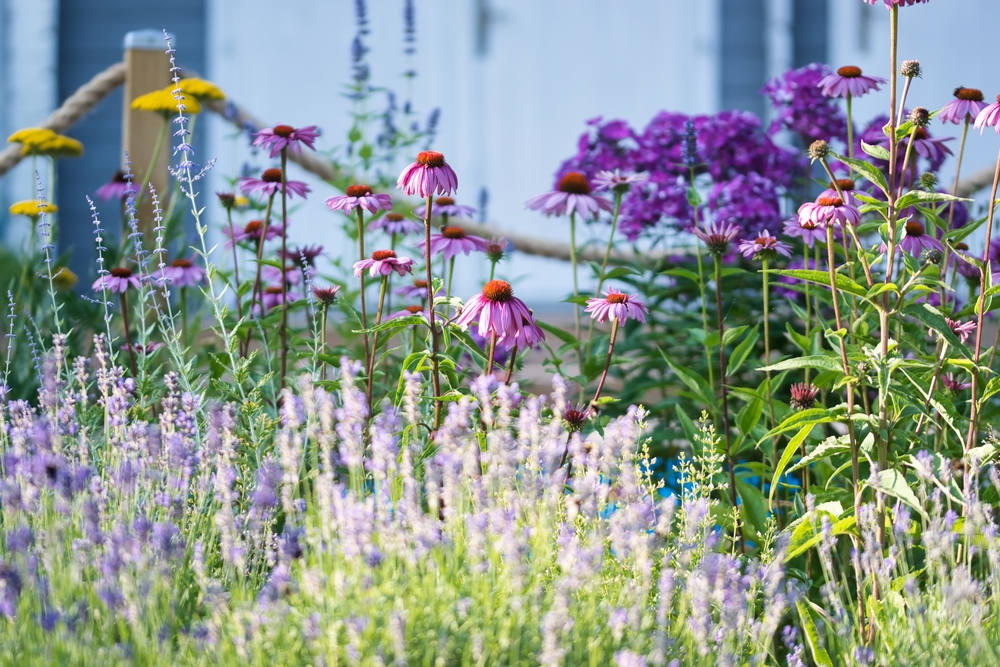
Research, plan, and plant a pollinator garden to attract insects and birds. Planting pollinator plants, wildflowers, and natural grasses to replicate an entire ecosystem, and observe the results. Plus, the flowers are beautiful to look at and fun to make into nosegays and bouquets you can bring indoors.
View the full instructions in Treehouse Nature Study, Intermediate Years: Spring.
Test Your Soil’s pH Level
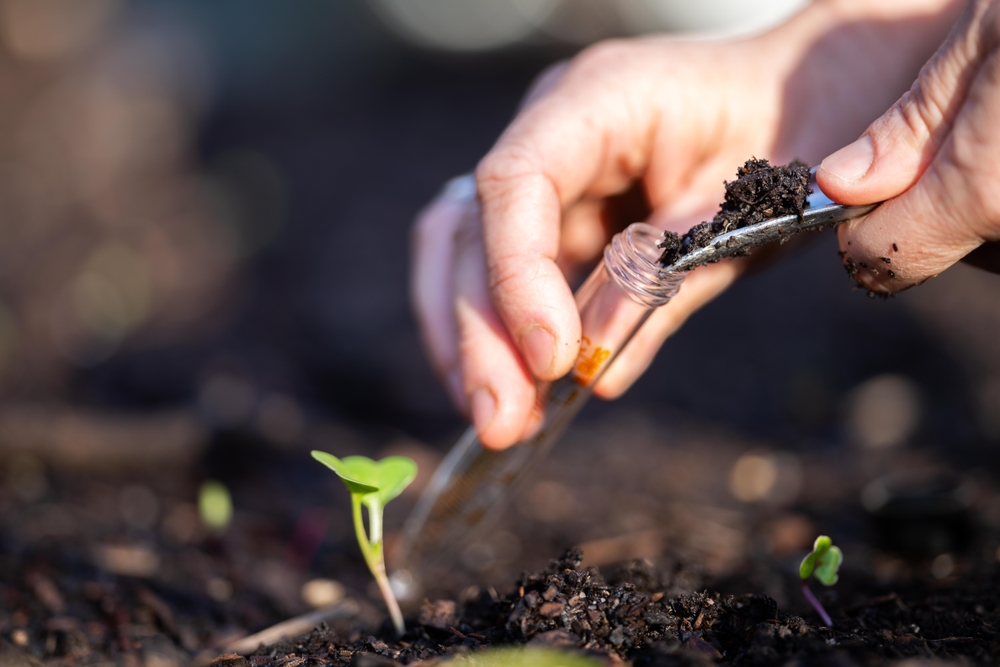
A pH test will show how acidic or alkaline (or neutral) your soil is. When the pH level is off, the plants have a harder time getting the minerals they need to thrive. Test your soil’s pH level and observe the results.
View the full instructions in Treehouse Nature Study, Intermediate Years: Spring.
Make a Rain Gauge
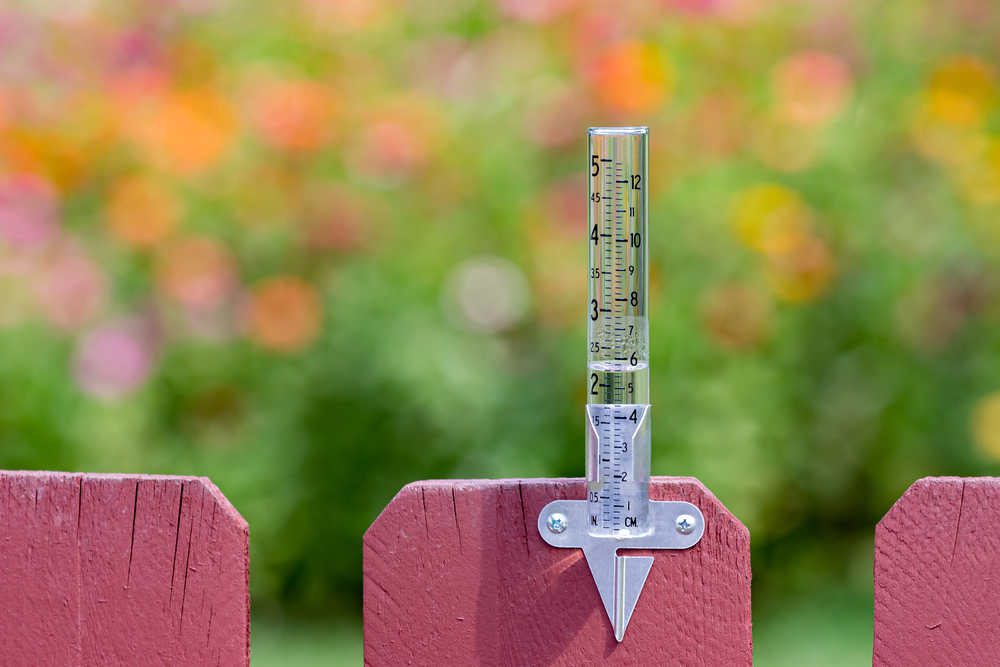
Build a DIY rain gauge and measure the amount of rainfall over the spring season. Chart the results on a calendar and add up the total amount of rain this spring!
View the full instructions in Treehouse Nature Study, Intermediate Years: Spring.
Pond Water Observation
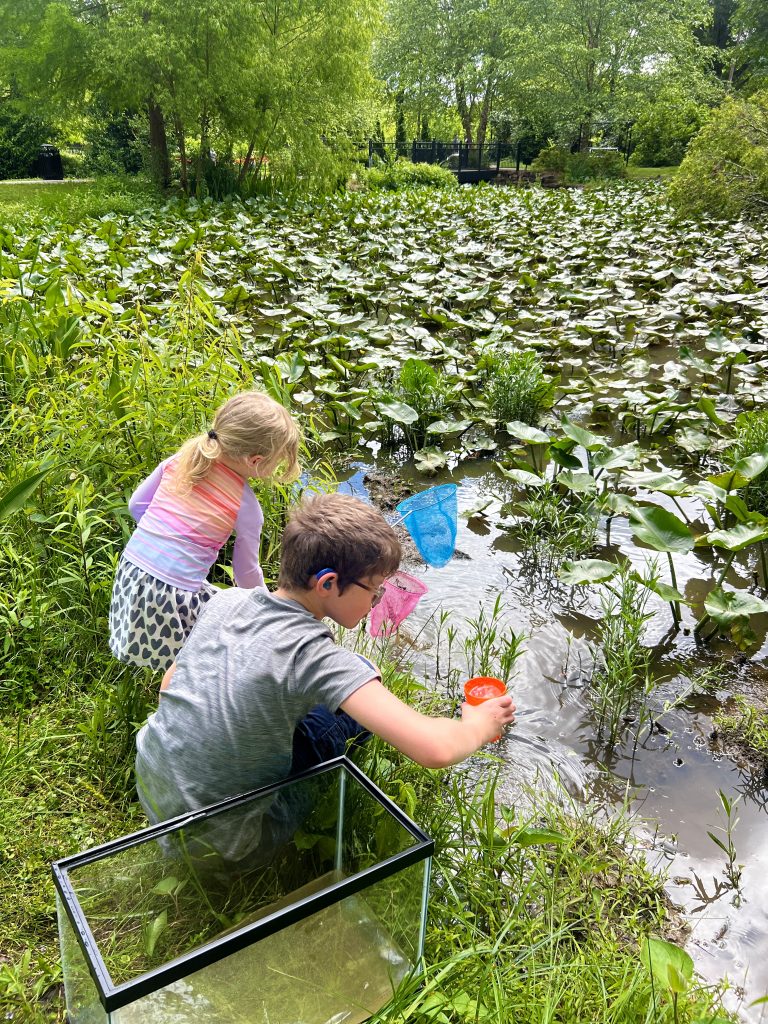
Take a field microscope along with you to a pond, or bring a water sample home. Observe the pond water under a microscope.
View the full instructions in Treehouse Nature Study, Intermediate Years: Spring.
Build a Kite
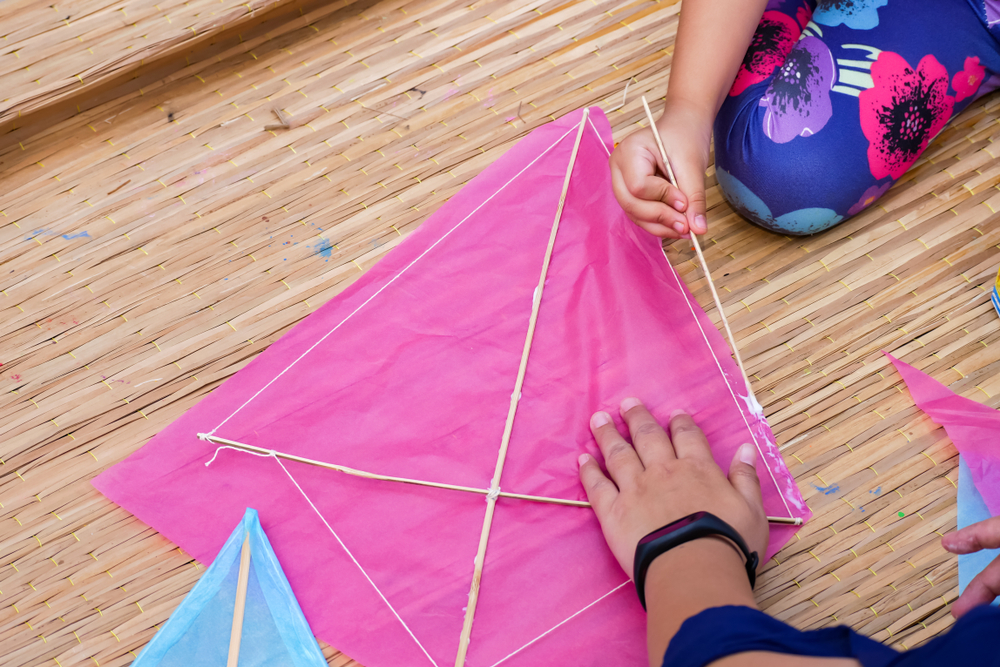
Look online for simple instructions to build a kite and test it to see if it will fly. Use multiple designs or materials and see which one flies the best.
More learning resources from Treehouse Schoolhouse
Treehouse Nature Study, Primary Years
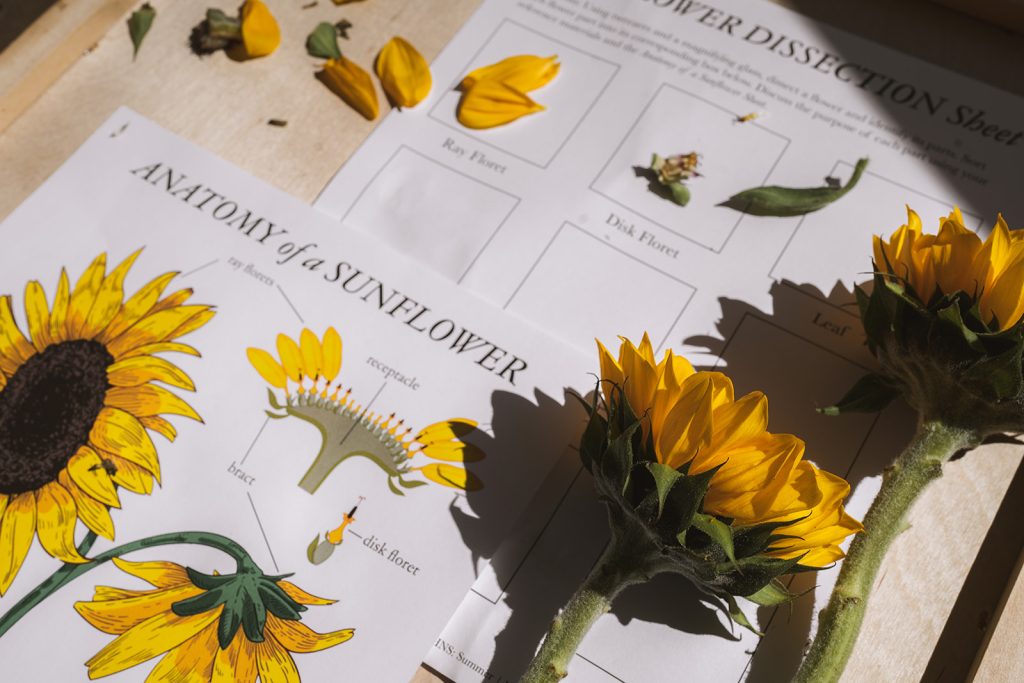
Treehouse Nature Study, Primary Years is a seasonal nature study curriculum designed with family-style learning in mind. It is a gentle guide meant to invite various ages to connect with each other and the world around them through living books, nature notebooking, hands-on projects, and beauty subjects such as poetry, picture study, and folk songs.
From preschool through upper middle school, it appeals to every age and is easily used with multiple ages at the same time.
It would be a great fit for your preschool or kindergartener’s core curriculum or your whole family’s home education Morning Time and Nature Study. It also provides supplemental work for your children’s language arts through poetry memorization, recitation, copywork, and notebooking.
Try a FREE week of Treehouse Nature Study: Primary Years.
Treehouse Nature Study, Intermediate Years
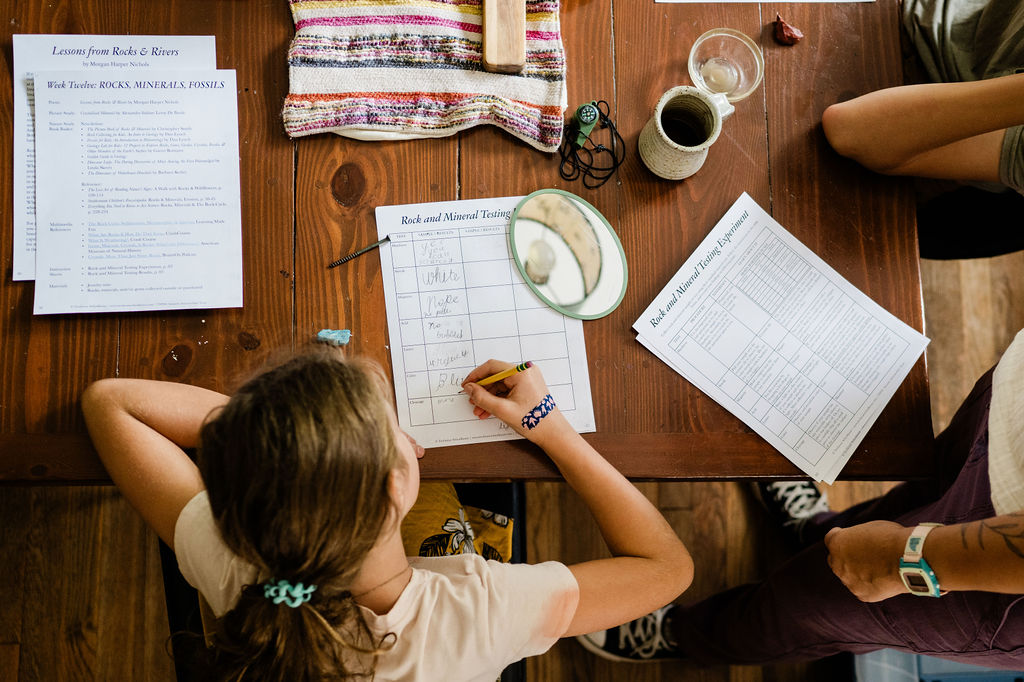
Treehouse Nature Study, Intermediate Years is geared towards children in 4th-8th grades. Experience a seasonal study that invites your older children to connect with each other and the world around them through living books, nature notebooking, hands-on projects, poetry, and picture study. Deepen your child’s learning through advanced language arts and scientific experiments.
It would be a great fit for your upper elementary or middle schooler’s science curriculum or your whole family’s home education Morning Time and Nature Study. It also provides supplemental work for your children’s language arts through poetry copywork, creating an Illustrated Science Dictionary, creative writing prompts, notebooking, and internet research.
Try a FREE week of Treehouse Nature Study: Intermediate Years.
Wonder of Nature Number Bundle
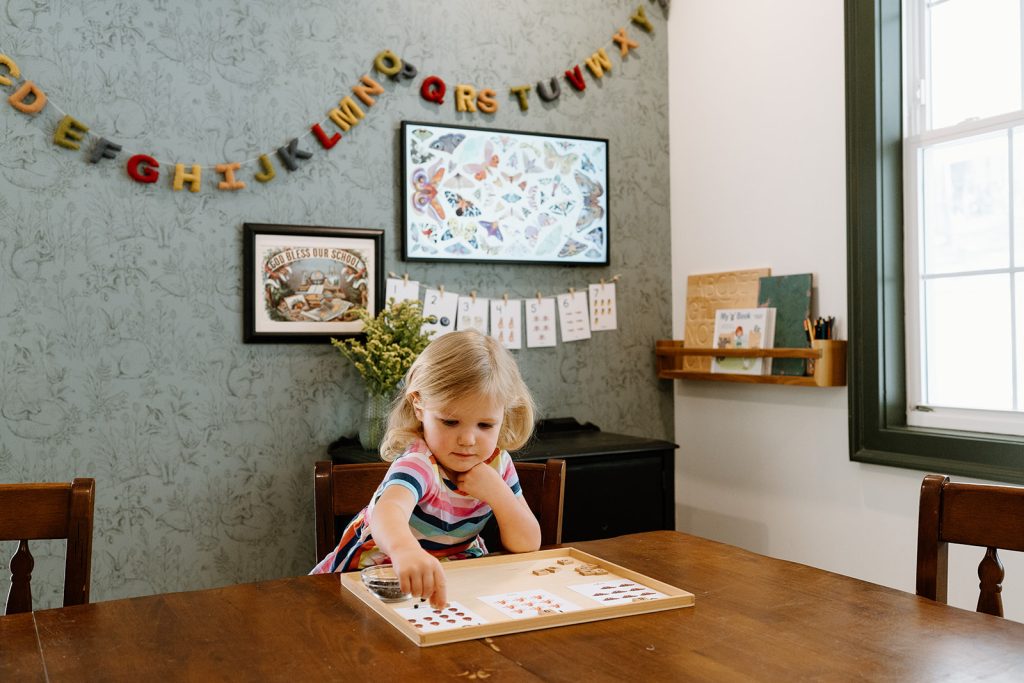
The Wonder of Nature Number Bundle is designed to offer young children a multi-sensory invitation to recognizing, forming, and writing numbers and developing basic number sense. The watercolor illustrations that coordinate with each number demonstrate the quantity that each number represents. Slide these sheets into a restaurant menu cover or dry-erase pouch so your child can practice them again and again. Use dry-erase markers and wipe clean after each use.
The Wonder of Nature Number Bundle also includes Number Cards. These cards are designed to aid in developing number sense and a foundation leading to a strong understanding of math skills. These cards are a tool to gently invite your children into hands-on mathematical learning. The watercolor illustrations that coordinate with each number can provide a representation of mathematical ideas, displaying a corresponding number of illustrations with each number.
Try a FREE sample of the Wonder of Nature Collection.
Will you try these STEM learning activities in your homeschool this spring? Let us know in the comments below.

![Winter Solstice Activity for Kids [Free Worksheet PDF]](https://storage.googleapis.com/treehouse-schoolhouse-media-dev/fe547f4b-gn4a7877-scaled.jpg)

